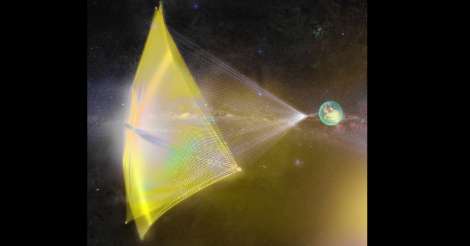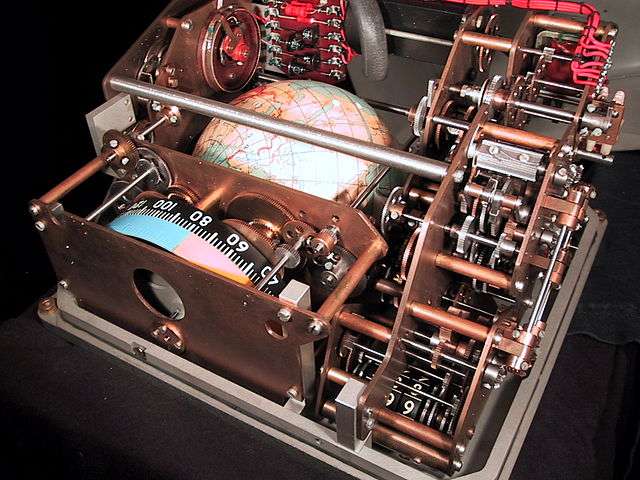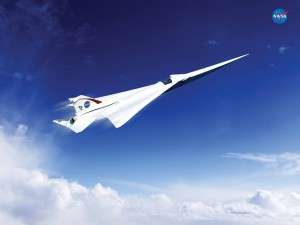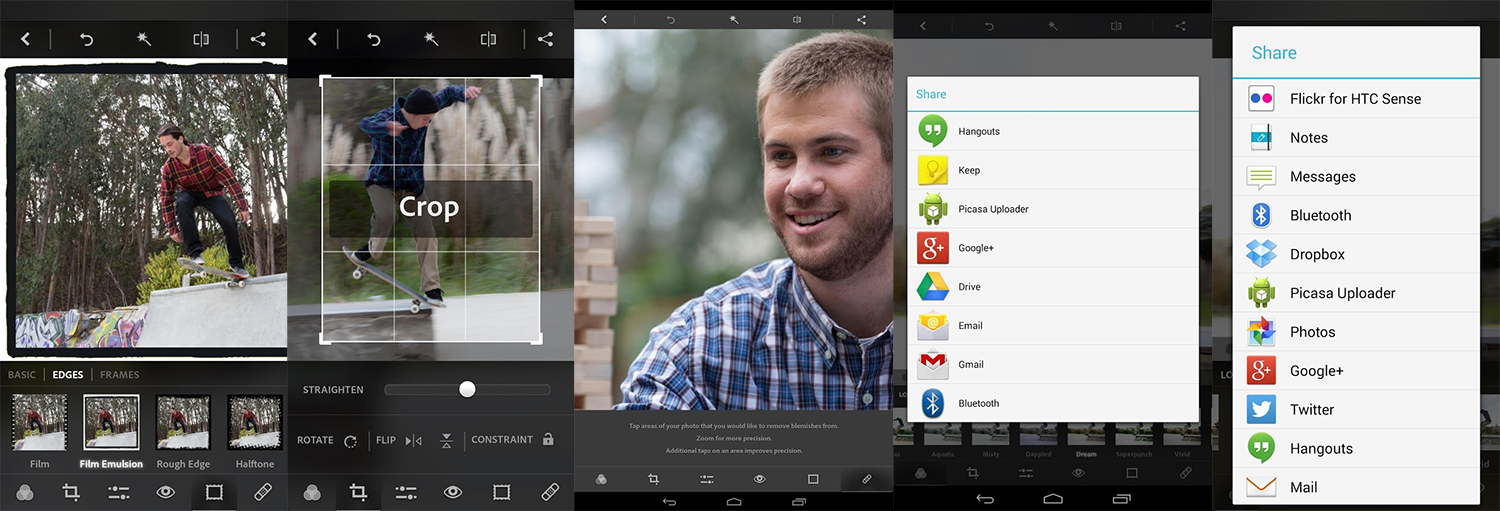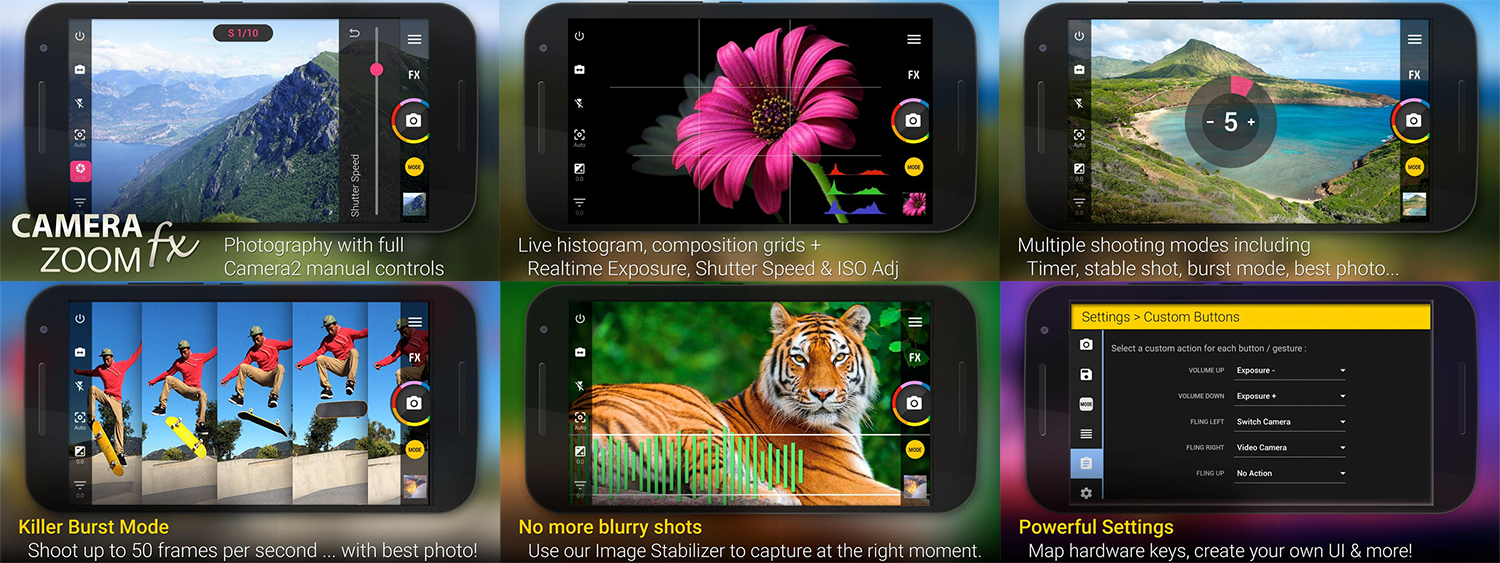PHYSICIST BACKS INTERSTELLAR TRAVEL USING SPACE SHIPS WITH QUITE LITERALLY A TINY DIFFERENCE TO GO TRILLIONS OF MILES.
Nanocraft to reach for the stars
Professor Hawking and internet entrepreneur Yuri Milner have unveiled an ambitious plan to fire “nanocraft” into space to reach our nearest neighbouring star system, Alpha Centauri in just over 20 years from launch.
Of course, Alpha Centauri is 25 TRILLION miles away (4.37 light years) and it take 30,000 YEARS to reach it using today’s fastest space craft.
But the nanocraft – each with a solar sail – would be no bigger than the size of a computer microchip and be given one heck of a push thanks to a giant laser based on Earth to reach 20% of the speed of light.
Star Trek reality – $100 million (£70m) research programme launched
The newly-launched Breakthrough Starshot project will now seek to prove that light-propelled nanocrafts are actually possible, according to the organisation behind the ambitious plan.
Breakthrough Initiatives aims to find out if humans are alone in the universe and whether there are other habitable planets and was established with Mr Milner with support from some of the more prominent Silicon Valley figures and leading scientists.
According to Breakthrough Initiatives, the nanocraft could capture images of possible planets and other scientific data in our nearest star system.
The project will be led by Pete Worden, a former director of a Nasa research centre, and advised by world-class scientists and engineers. Professor Hawking, Mr Milner and Facebook founder Mark Zuckerberg will sit on the board.
Technical details – making a starship for the same cost as an iPhone
Breakthrough Initivatives says that technological advances have raised the possibility of a “StarChip” with cameras, photon thrusters and power supply along with navigation and communication equipment – making a fully functional space probe.
And the organisation says metre-scale solar sails could be manufactured that measure no more than a few hundred atoms thick and at gram-scale mass.
More extraordinarily, mass-production of the StarChip could bring the cost in at the same as an iPhone – allowing large numbers of the craft to be sent out to explore.
Phased arrays of lasers to create a light beamer could be scaled up massively as well.

Up to 80% savings at 7dayshop’s spring sale – click here
Engineering challenges
Amongst the requirements of any mission would be the launch of a mothership carrying thousands of nanocrafts into orbit – but as Breakthrough Initiatives acknowledge, there are “significant engineering challenges” and require global cooperation.
But it insists the proposals are based on available technology or likely to be attainable in the near future.
MORE TOP STORIES – CLICK BELOW
This amazing COMPUTER went up with the first spacemen and women
New Concorde could soon by flying – with one BIG difference


